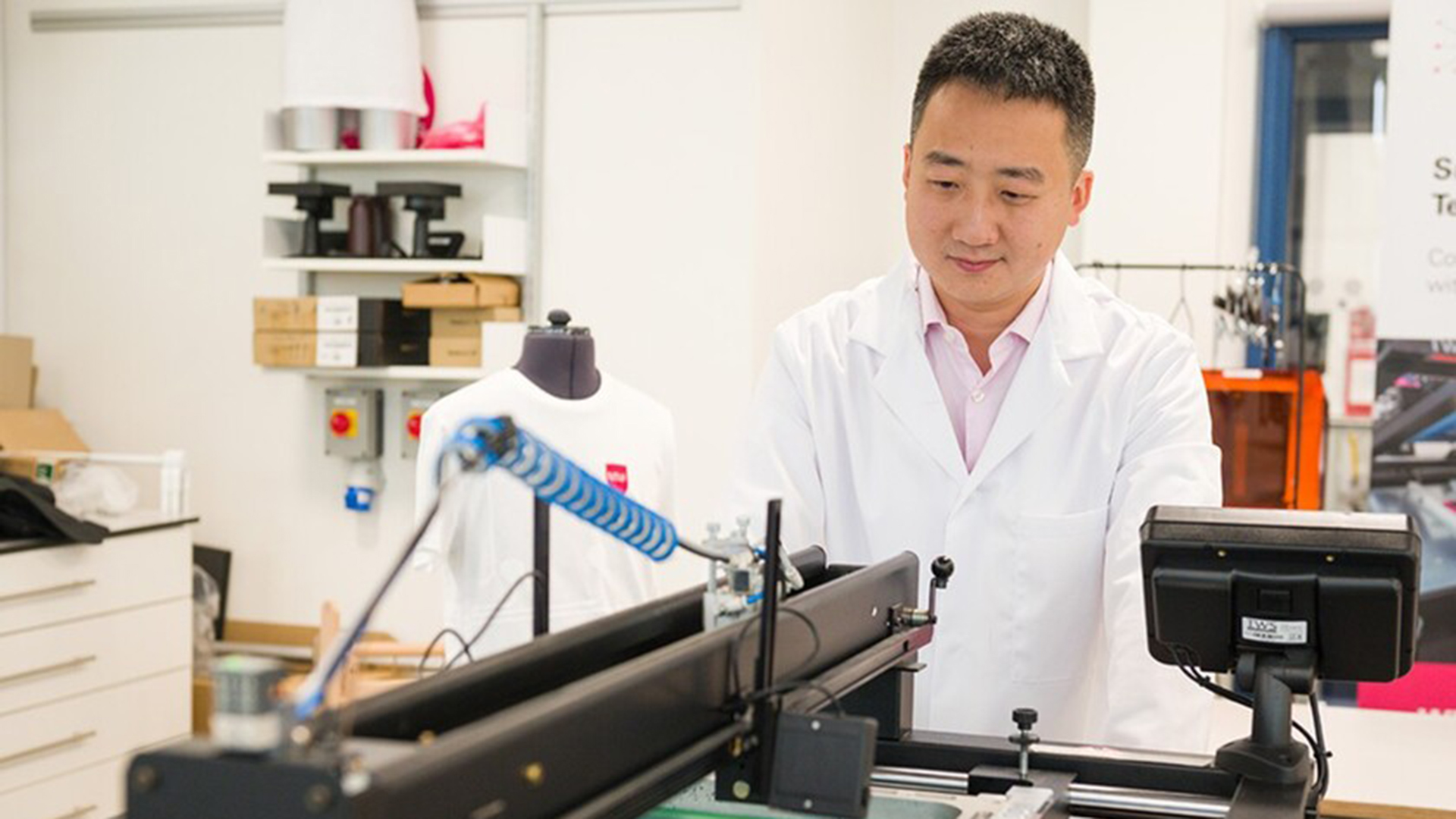Sarcopenia remains difficult to diagnose, although muscle weakness and associated falls are estimated to cost the UK alone £2.5 billion a year.
Scientists at Nottingham Trent University (NTU), Newcastle University and Axomics Medical are…

Scientists at Nottingham Trent University (NTU), Newcastle University and Axomics Medical are…